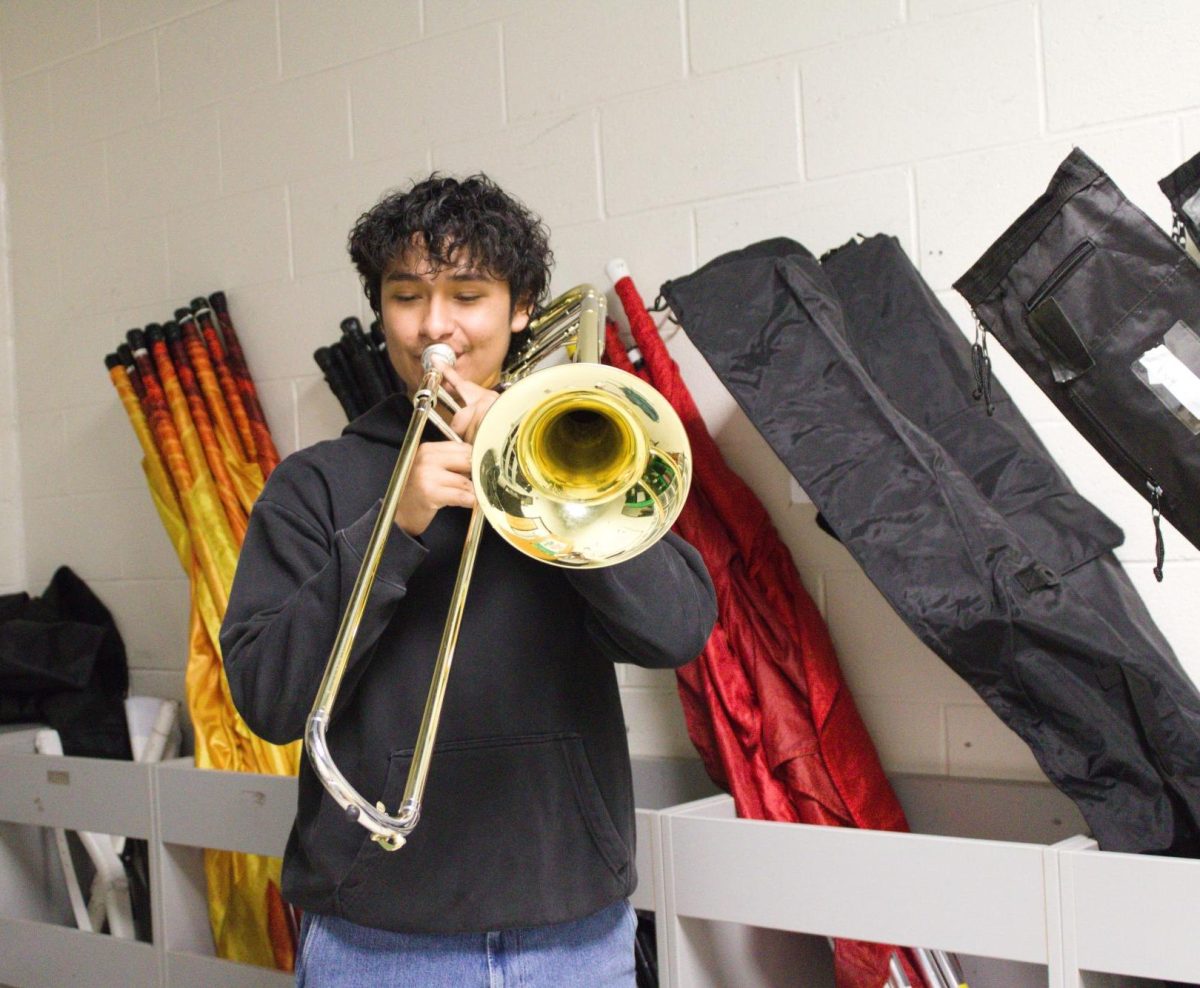As I sat in my period eight English class, my mind resisted the efforts to focus on the pages laid before me. I could not understand why my attention span felt so short. Unbeknownst to me, the answer to my problem was in the apps downloaded on my phone.
As usership of social media has increased, so have our standards of appealing content. Social media platforms garner instant gratification, which can supply immediate fulfillment, yet lowers attention spans when focusing on substantial content according to The Guardian. Lowered attention spans affect many aspects of students’ lives, including their relationships and academic performance.
In 2015, Microsoft’s research team reported that the average person’s attention span was eight seconds, one second behind a goldfish. Although this discovery was later debunked, it sparked discourse around the impacts of social media use.
According to CNN Health, despite the inaccuracy of the study, it predicts a possibly inevitable future. Dr. Gloria Mark, a professor of informatics who studies attention spans due to social media, said the average attention span on a screen has decreased by 103 seconds between 2004 and 2023.
Although we still have time before our attention spans become that of a goldfish, our declining ability to focus suggests we should take the statistic into consideration and take action.
The decline of our attentiveness consists of an accumulation of issues with our technology. According to the Wall Street Journal, television content is now seen as bland and uninteresting compared to highly engaging short-form content such as TikTok videos.
TikTok’s algorithm presents its users with a cycle of engaging clickbait, bright colors and catchy songs packed into short videos, with the intention of acclimating viewers to process content quicker and with less depth.
As more social media content is consumed, the bar continues to rise for the level of engagement that content must provide to keep the public’s attention. This causes problems when focus is needed for activities that are not as enjoyable and easy as scrolling through TikTok.
For example, completing school work becomes increasingly difficult and harder to enjoy, compared to the appealing and engaging content found online. When students are able to easily obtain instant gratification, procrastination becomes a habit and results in lower academic performance.
Poor test results cause negative emotions that students try to ameliorate by going on their phones for the rush of dopamine, leading to a never-ending cycle that is hard to break. Thus, as technology becomes even more accessible, and social media advances to cater to our diminishing attention span, our attentiveness will continue to decline along with the desire to watch anything but trivial content.
Unlike goldfish, humans must deal with the stressors and annoyances in life, so it is understandable that we develop a coping mechanism. Watching entertaining content found on social media releases dopamine, according to The Guardian. Nevertheless, Anna Lembke, a world-leading expert on addiction says data shows we are becoming less happy as rates of depression have climbed significantly in the past 30 years.
Although watching short videos can be fun in the moment, its effects are minimal and short-term, unlike the beneficial impacts that come from succeeding in school and maintaining healthy relationships.
Furthermore, the type of content fed to users by social media platforms is designed to engage viewers for short periods of time as the app gives you a variety of videos, which range from 15 seconds to three minutes long.
Instagram’s design encourages users to scroll endlessly through posts from their own friends and favorite creators. Snapchat also takes advantage of users’ attention spans by only allowing people to see content for a certain number of seconds.
These apps all prevent consumers from really absorbing information and comprehending it deeply. Therefore, social media platforms invite the brain to practice mindless and quick consumption.
As developers implement these tricks into their apps, students continue to have a harder time retaining information as rapid consumption becomes an unbreakable habit. For example, when online, users receive information in small doses, therefore, in a work or school environment, they have trouble understanding complex information or performing critical thinking.
Not only is schoolwork affected by this issue, but relationships are affected too. We are unable to enjoy moments with friends and family because we are constantly fighting the temptation to glance at our phones.
According to studies recorded by Counter Currents, humans are becoming more forgetful as 25% of teens forget major details of friends and relatives. The study also found that 39% of Americans find themselves forgetting basic pieces of information frequently.
In addition, research by Thrive Global shows that 44% of people engage in “phubbing” at least twice a day. The term describes the act of interrupting a person you’re talking to by scrolling on your phone instead. “Phubbing” is detrimental to relationships – according to Thrive Global, 25% of 2,025 people surveyed say that actions like these result in serious arguments between friends and family.
“Phubbing” roots in our lack of care and boredom for a conversation, diverting our attention to better entertainment.
Social media developers have created an easy and distracting world in our devices, so the decline of our ability to pay attention is inevitable. Yet, efforts can be made to limit our consumption of social media.
Activities such as sitting down to read a book can help to connect with the real world as opposed to our devices. Engaging in reading a physical book slows down our social media consumption and forces the reader to concentrate on the words on the page. Meditation is a similar activity that can promote focus and concentration.
Additionally, spending time away from your phone can help stimulate appreciation in more valuable ways. A decrease in social media usage helps listening skills which benefit social interactions and communication, according to Goldman Sachs.
Ultimately, it is imperative that we collectively measure and limit our time spent on social media. For the sake of our relationships and academic success, we must prevent our attention spans from becoming on par with a goldfish at an average of eight seconds.
This story was originally published on The Standard on May 2, 2023.







































